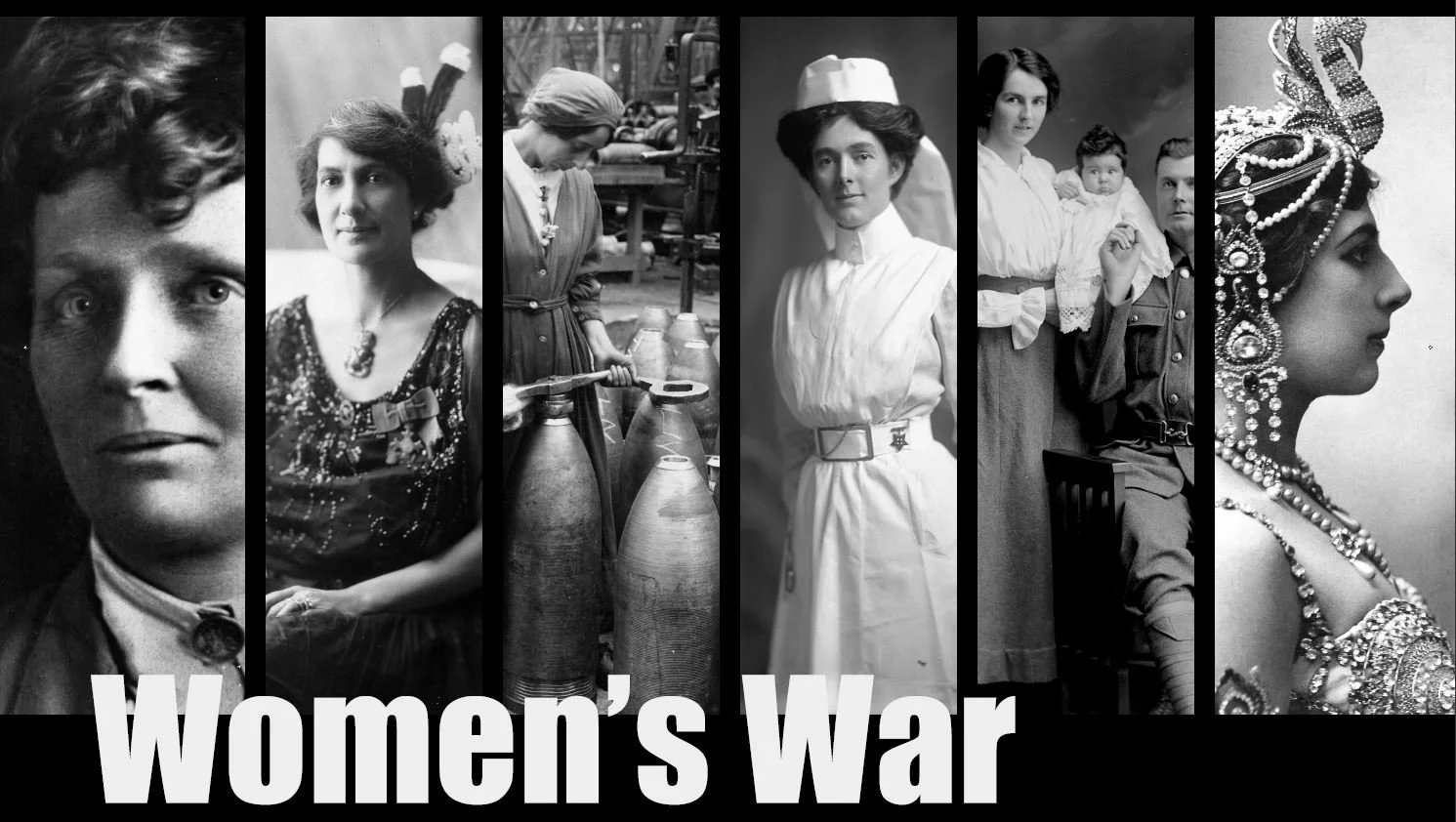Seeing Ourselves, Hearing Each Other
Seeing Ourselves, Hearing Each Other
– Inclusive Storytelling
In our work we get to tell lots of stories - about people, places, things, events, and ideas.
Stories are magical things. They have the power to bring big, daunting topics down to a personal level. They give us ‘ways in’ so we can condense complex information and make it accessible and relatable.
Stories make visitor experiences human.
But stories are also many and varied. The world is experienced, remembered and interpreted in an almost infinite number of different ways, depending on who the storyteller is.
Sometimes our brief is to help people tell a very specific version of a story. But more often we are charged with telling a more general story, and deliberately including various different viewpoints within it.
Her story? Or her’s, her’s or her’s? Women’s War explored the many different experiences of New Zealand women during WWI.
Defining The Big Story…
The first step for us is often to work with our client to define the general “story area” we will be exploring – the overarching narrative that will wrap around everything else and hold the pieces of the visitor experience together. For example, the Big Story of an exhibition we made a few years ago, "The End of the War?", was the continuing impact of WWI a century after it ended, explored through the descendants of people involved. Big topic… How to get in?!
Exploring The Many Stories
The next step involves a lot of research, talking, and more importantly, listening. We explore some of the different possible viewpoints of our Big Story, checking ourselves to make sure we are not leaving people out. In “The End of the War?”, we were very aware that the WWI story had most often been told through a Pākehā male lens. So we consciously looked to widen that lens by telling the war-time experiences of nine very different people — men and women, Māori and Pākehā, Pasifika and Asian. We did this through in-person interviews with descendants and verbatim readings from letters and diaries. Some of the descendants’ stories concentrated on their pride about their ancestor’s achievements: others dwelled on their horror in imagining what they had to go through.
We were happy with the result, a nuanced, moving visitor experience (even if we say so ourselves) told through many and varied voices.
The impact of WWI, 100 years on.
More and more, our projects call for this kind of deliberately inclusive storytelling, based on an understanding that Big Stories are not simple, singular things, but consist of complex interwoven strands and multiple points of view. Often it is the juxtapositions of difference that make these stories come alive - that, and the bringing to light of the stories that have been overlooked, and the amplification of voices that have not yet been heard.
Thumbnail Image © Australian Museum, credit Anna Kučera.


